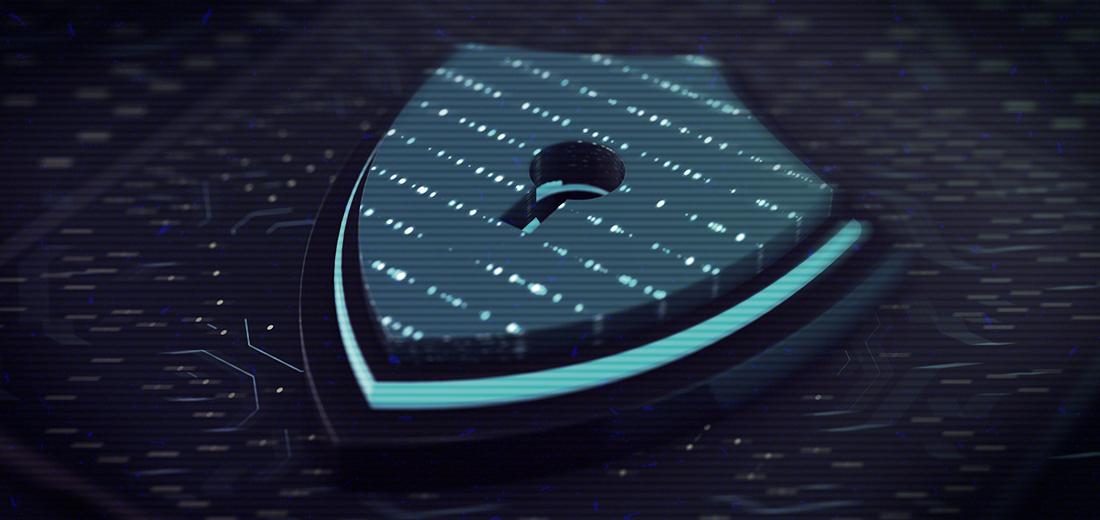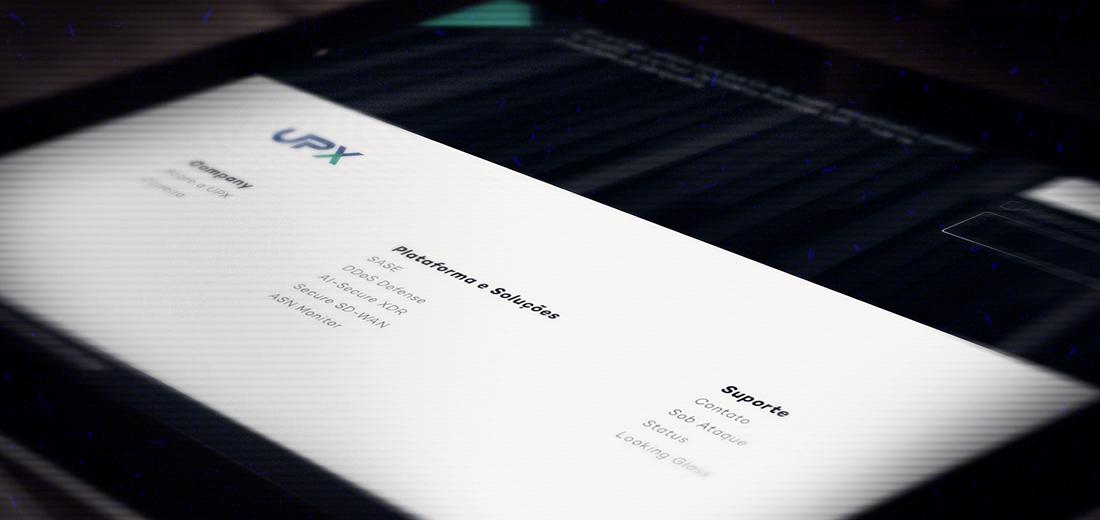
Extended Detection and Response (XDR) Guide
Extended Detection and Response is a security technology focused on protecting IT infrastructure by providing enhanced visibility into data across networks, cloud, endpoints and applications through rapid threat analysis and faster incident response. It works as an analytics tool that integrates multiple security products into a unified security platform and strengthens the ability to detect and manage security incidents.
In addition, XDR provides combined visibility into multiple attack vectors and gives organizations a comprehensive view of the threat landscape across the technology space. All this with advanced analytics and machine learning algorithms that combine data from endpoints, networks, cloud capabilities, email systems, and other relevant sources. It simplifies the work of security analysts and improves the overall productivity of security teams.
See below how Extension Detection and Response works and its main features. Check it out!
How does XDR work?
By using XDR, through a single interface, all data related to an attack is viewed and responded appropriately. This contributes to the reduction of repetitive tasks required to investigate and respond to security incidents, regardless of the targeted IT system. The system helps uncover even the sneakiest threats affecting security.
Today, many companies use the layered security practice known as “defense in depth (DiD)” to protect their IT environments. This approach uses various security solutions such as endpoint detection and response (EDR), network traffic analysis (NTA/NDR), and security information and event management (SIEM) to protect endpoints, networks, and cloud systems.
While DiD is an effective practice, it has some disadvantages. For example, a security analyst deals only with specific environments, such as an endpoint or network. When attacks move between environments – or impact multiple IT systems simultaneously – the layered approach fails to detect and respond to these attacks.
XDR effectively addresses this problem by providing a unified security platform that operates across security silos. It typically blends multiple security products and replaces traditional security solutions such as EDR, NTA/NDR, and SIEM.
What are the XDR steps?
The XDR operation can be summarized into three steps: data analysis, threat detection, and attack response. Learn below the characteristics of each step.
Data analysis
Here, XDR collects data from various points, such as endpoints, networks, servers, and the cloud. After aggregating the data, it performs analysis to correlate the context of the various alerts that are generated. This saves security teams from dealing with large volumes of security alerts, allowing them to focus on high-priority signals or alerts.
Threat detection
XDR provides excellent visibility into the IT infrastructure and this enables the system to examine the signs of any detected threats and report those that require a priority response. The visibility factor also allows companies to work deeper into the abnormal behavior of threats and investigate their origins before they affect other parts of the system.
Response to the attack
In the last step, XDR contains and removes mainly all detected threats. It then updates the security policies to ensure that a similar incident does not occur again.
What are XDR main components?
An effective XDR system has six critical components that are considered mandatory by most organizations. Want to find out what they are? This topic takes an objective look at each one of them. Check them out!
Full integration
The primary purpose of XDR is to consolidate an organization’s security arsenal into an integrated solution. This requires that XDR solutions have strong API-centric integration capabilities. Integration is key to any XDR solution as it tends to adapt to the requirements of the organization, rather than being tailored to a vendor’s portfolio. Therefore, it is essential to ensure that new integrations are built into XDR as they are released by management.
Automation with simplified response
Automation in XDR enables better threat detection and speeds up response results. As we know, security incidents, such as malware or phishing attacks, tend to recur. In this scenario, automation standardizes incident response based on pre-defined handbook logic and provides effective resolutions to known attacks. The automation intelligence in XDR adapts to the unique variables of a specific threat and automatically responds to them based on the associated risks.
Artificial Intelligence and Machine Learning Modules
The use of Artificial Intelligence in an IT environment drives the usability and adoption of XDR. Using AI techniques, the system can make complex mathematical calculations in real time to assess the threat and probability of risk. In addition, the XDR system becomes capable of learning about a specific environment, determines which modules to set up and how to do so effectively. A powerful XDR system with embedded IA/ML modules therefore learns, adapts, and also has the ability to provide unique setup guidance depending on what it learns from business needs.
Deep analytics
A successful XDR deployment is able to distinguish which threats are real and which are false positives – without missing the real attacks. This equips the system with the ability to access the different tactics an attacker might use to infiltrate an organization, just by looking at the pattern of each potential threat vector in a given environment.
Extensible data layer
Traditional systems have a hard time segregating short-term data – a process required for threat detection – in addition to the older historical data that helps pattern previous threat trends. This process causes data that does not need immediate analysis to be stored, making the storage system expensive as the volume of data grows exponentially. XDR, on the other hand, can distinguish between the two data sources while employing low-cost methods to retain historical data records.
Flexible deployment
Each organization has its own Extended Detection and Response deployment requirements and preferences. With that in mind, an XDR solution supports flexible deployments – whether they are on-premise, cloud- based, or managed deployments. Typically, managed and cloud-based deployments support multi-tenancy capabilities and remain compliant with certifications such as Service Organization Control 2 (SOC 2) to ensure that the platform operates in a secure environment. We hope that after reading this post you understand what Extended Detection and Response is and its main features. To have access to all the benefits that this solution can deliver, it is of paramount importance to choose a reliable solution. This solution should be developed by a company that willing to become your partner and not just a vendor, so that both can enjoy the results and improvements that the system can implement, both in terms of security and in relation to self-optimization of the system with autonomous learning via AI and ML.
Did you enjoy your reading? Follow us on social media and receive first hand tips and news.
Find us on Facebook, Instagram, and LinkedIn.
Get in touch with UPX
Send your contact so that one of our specialists can get back to you.


